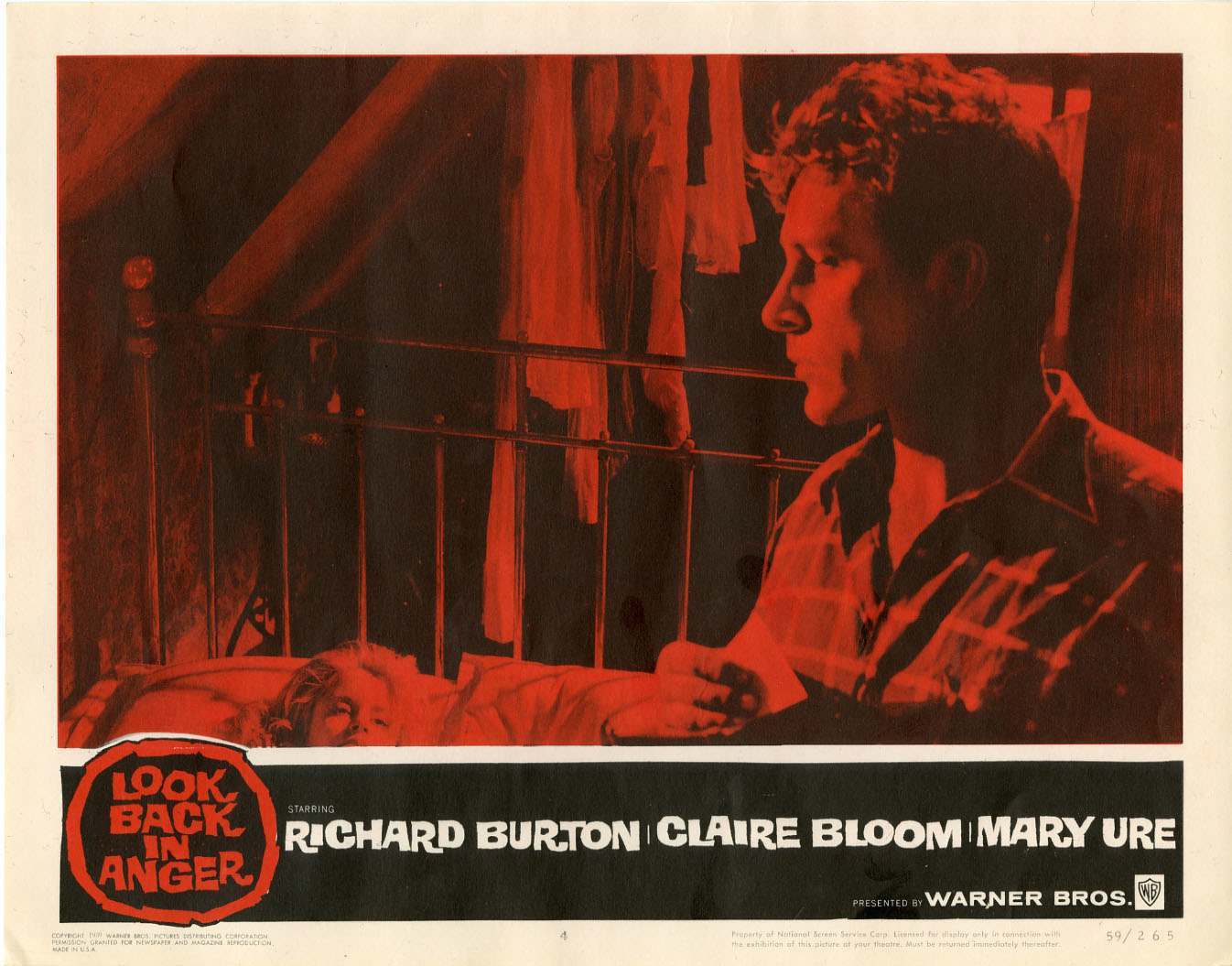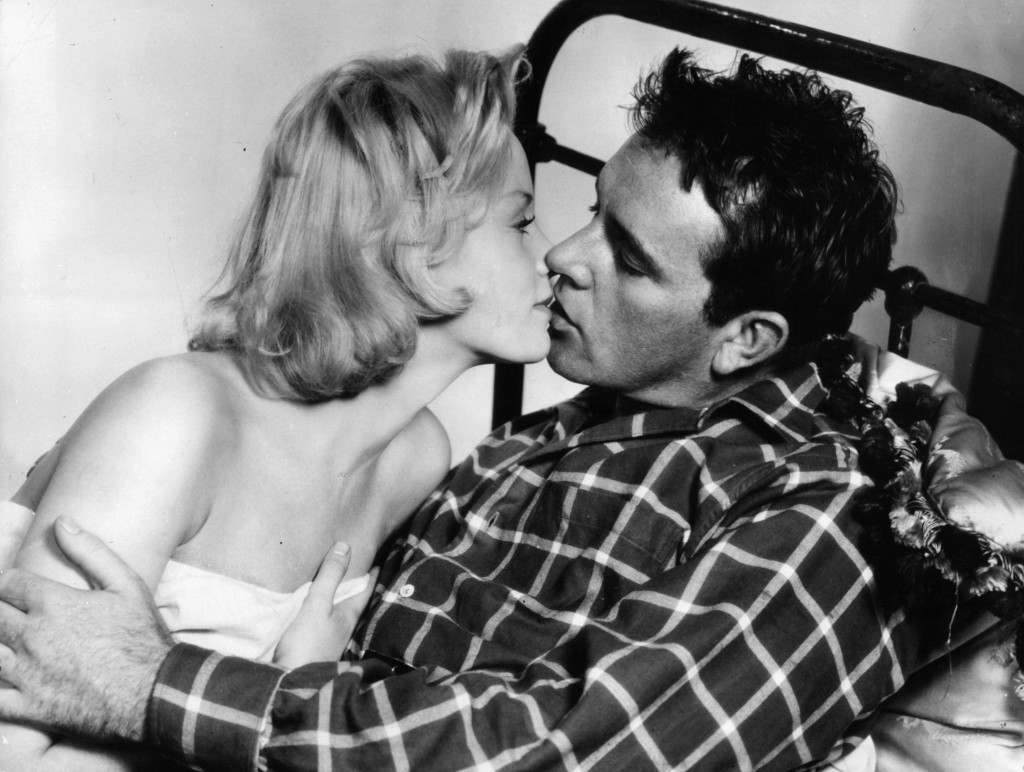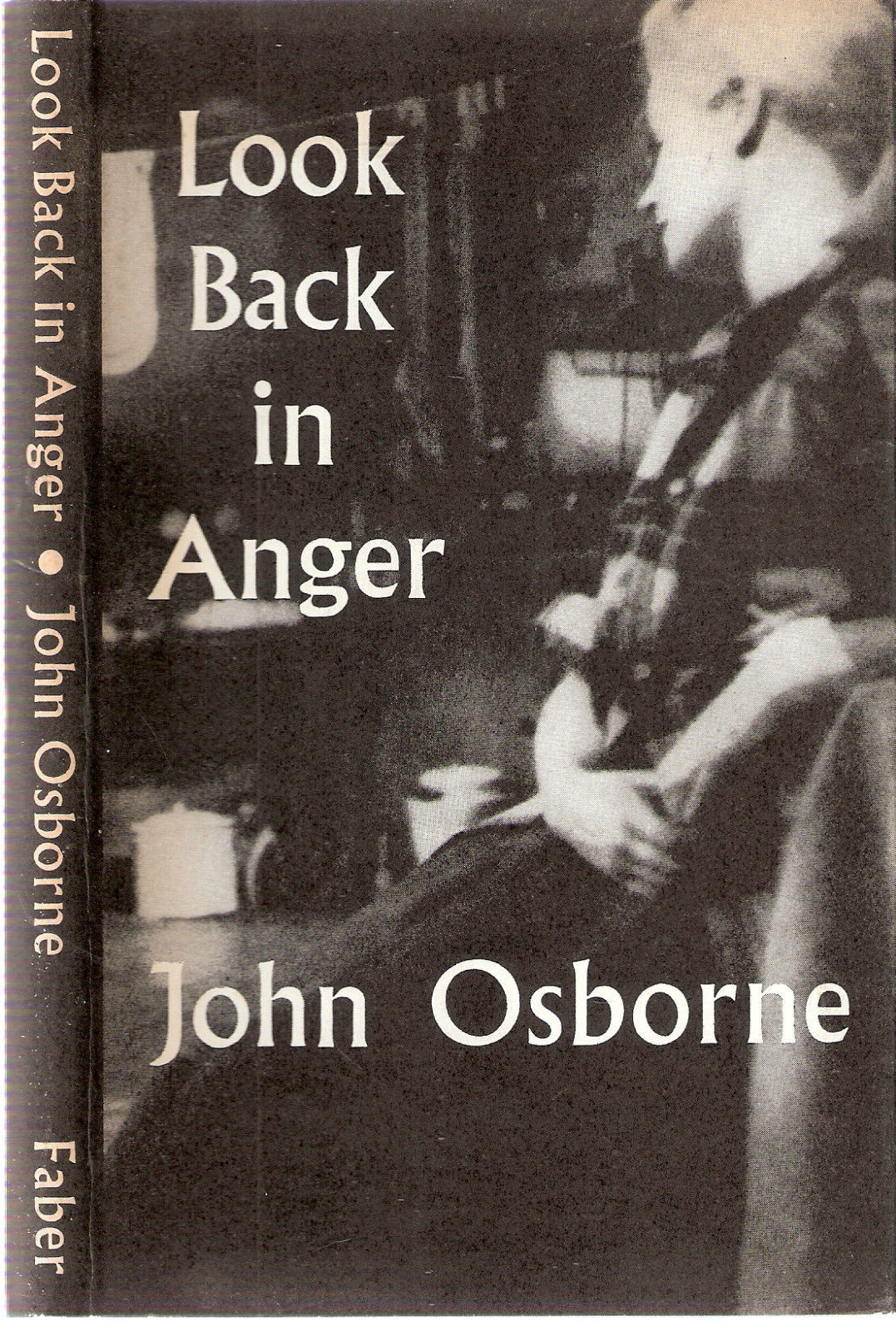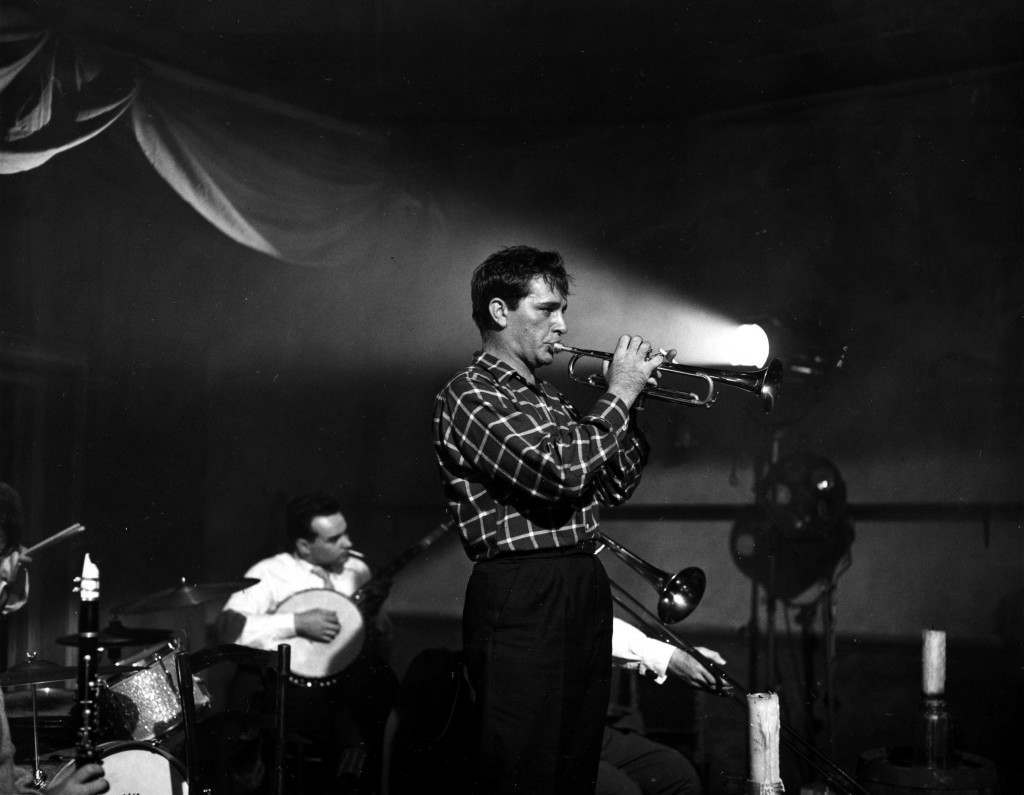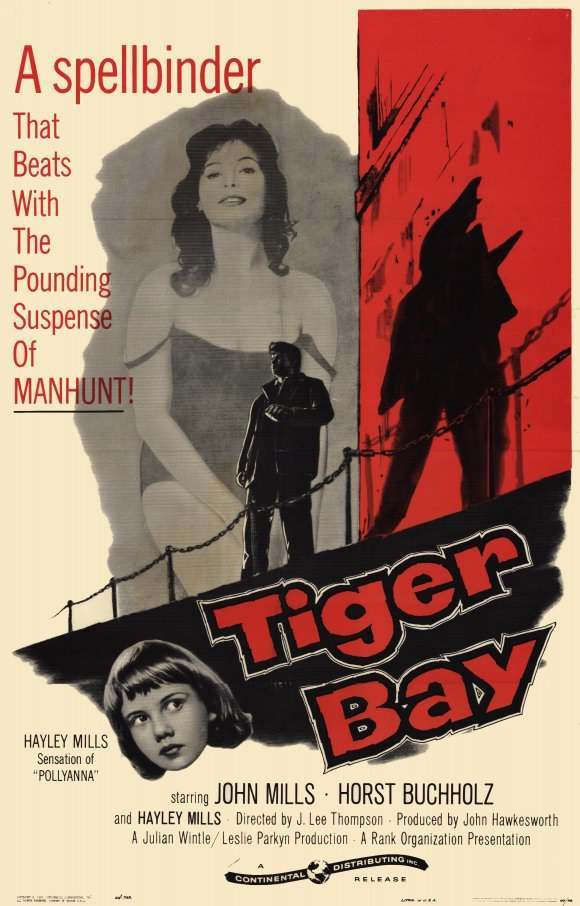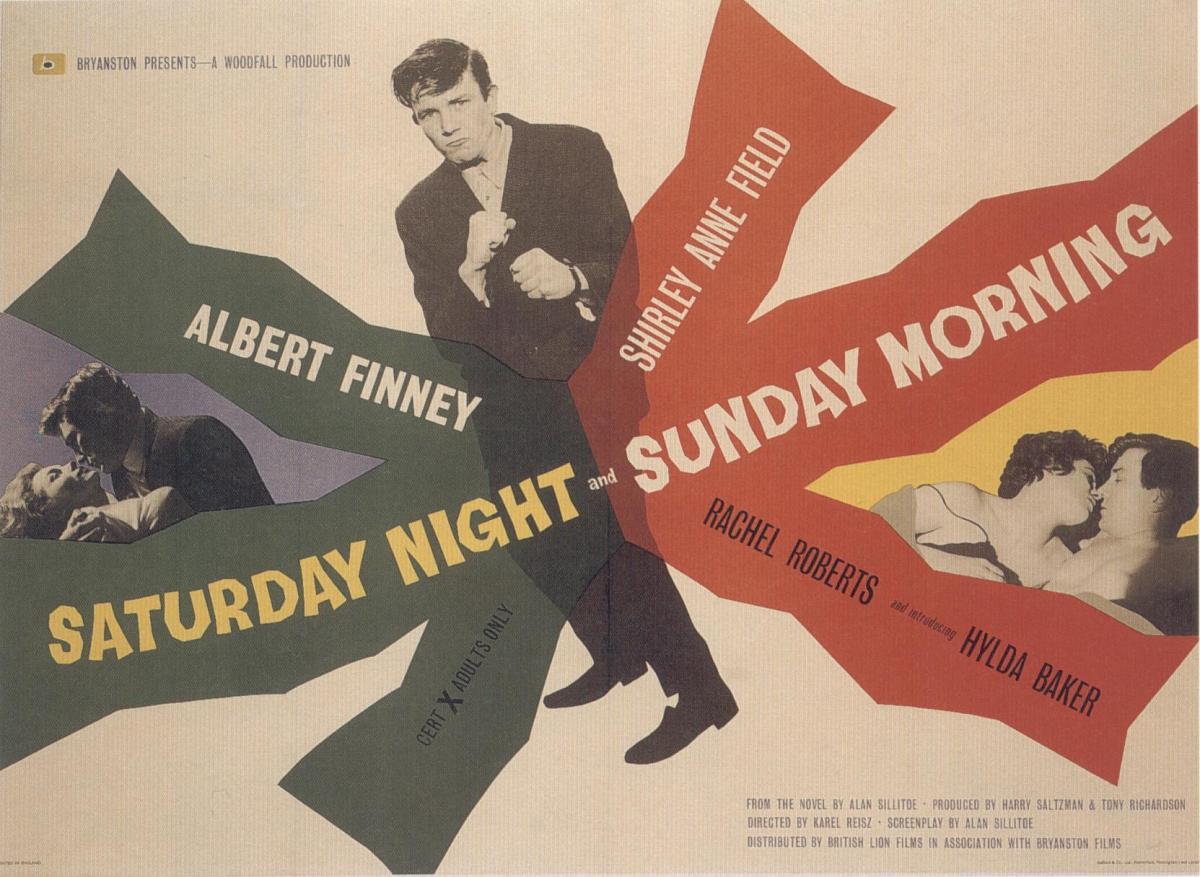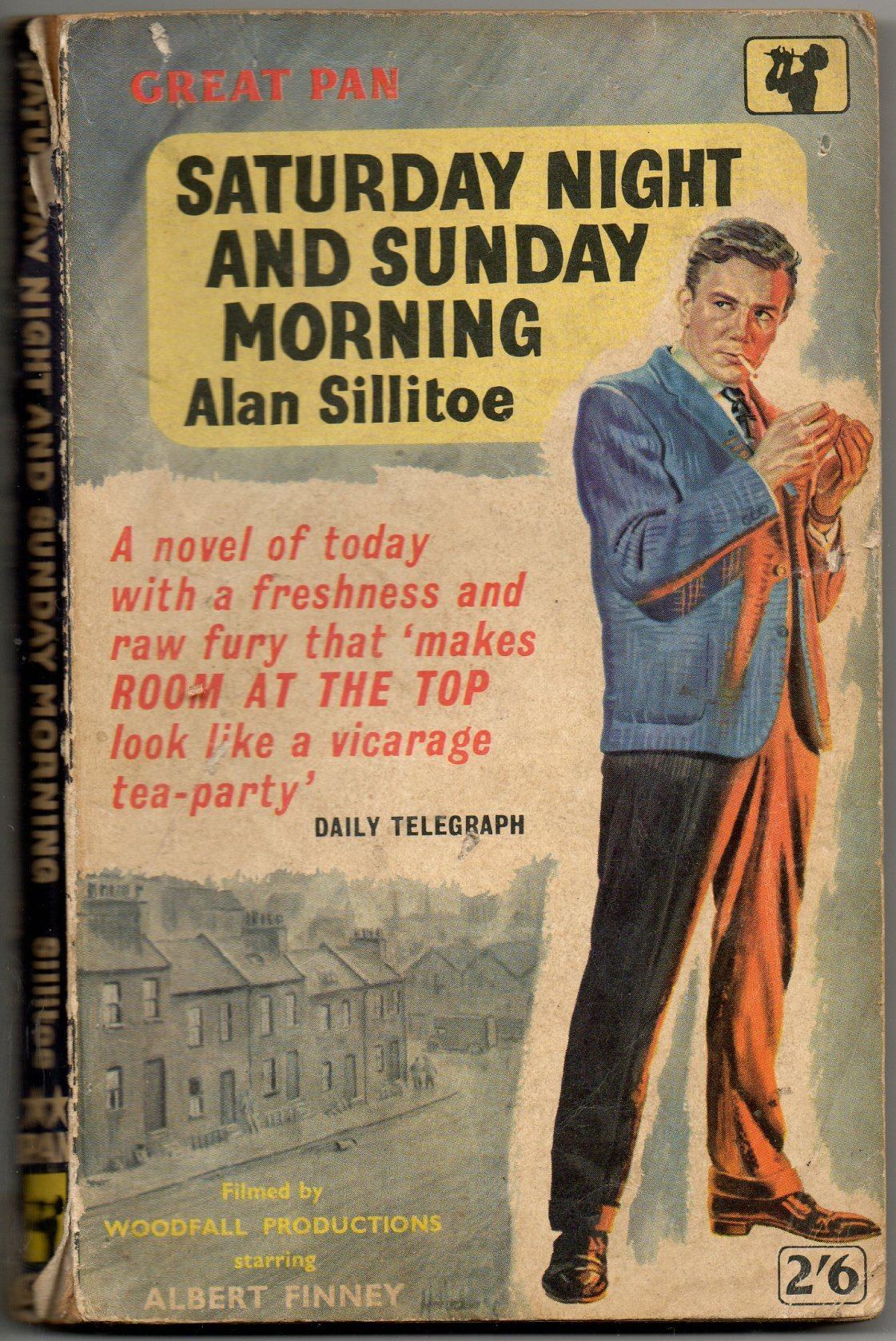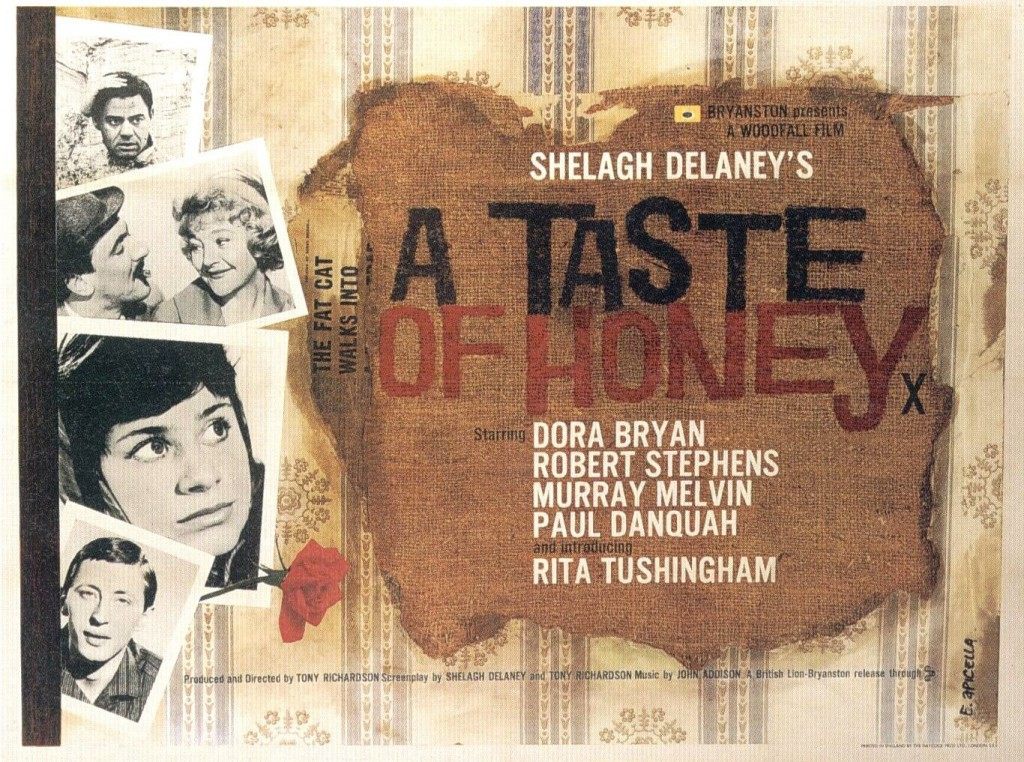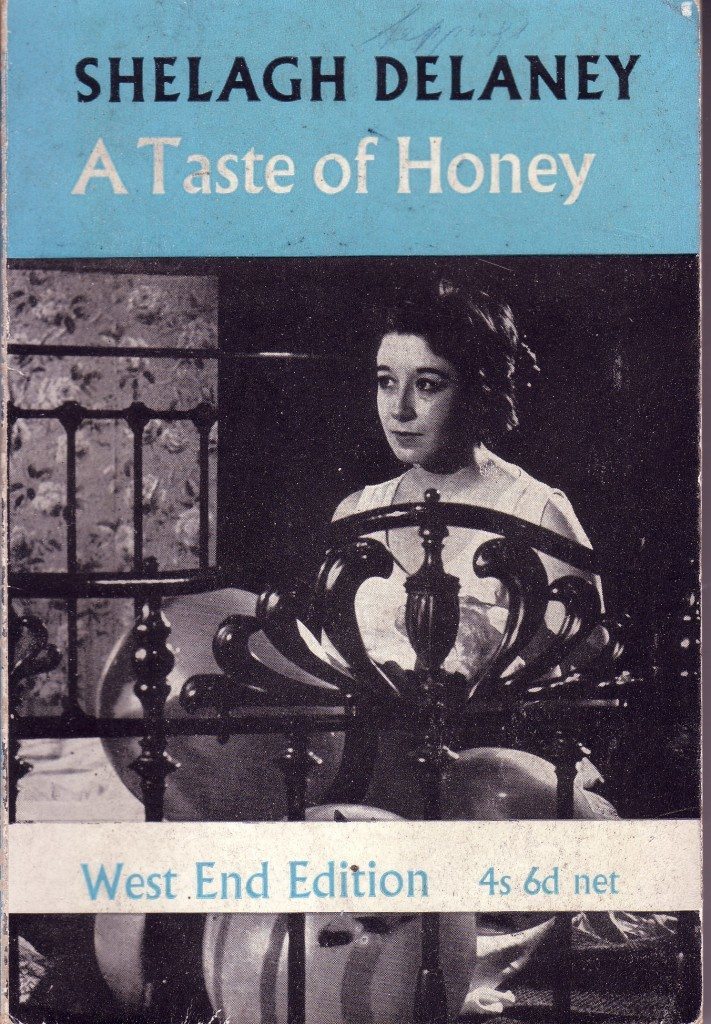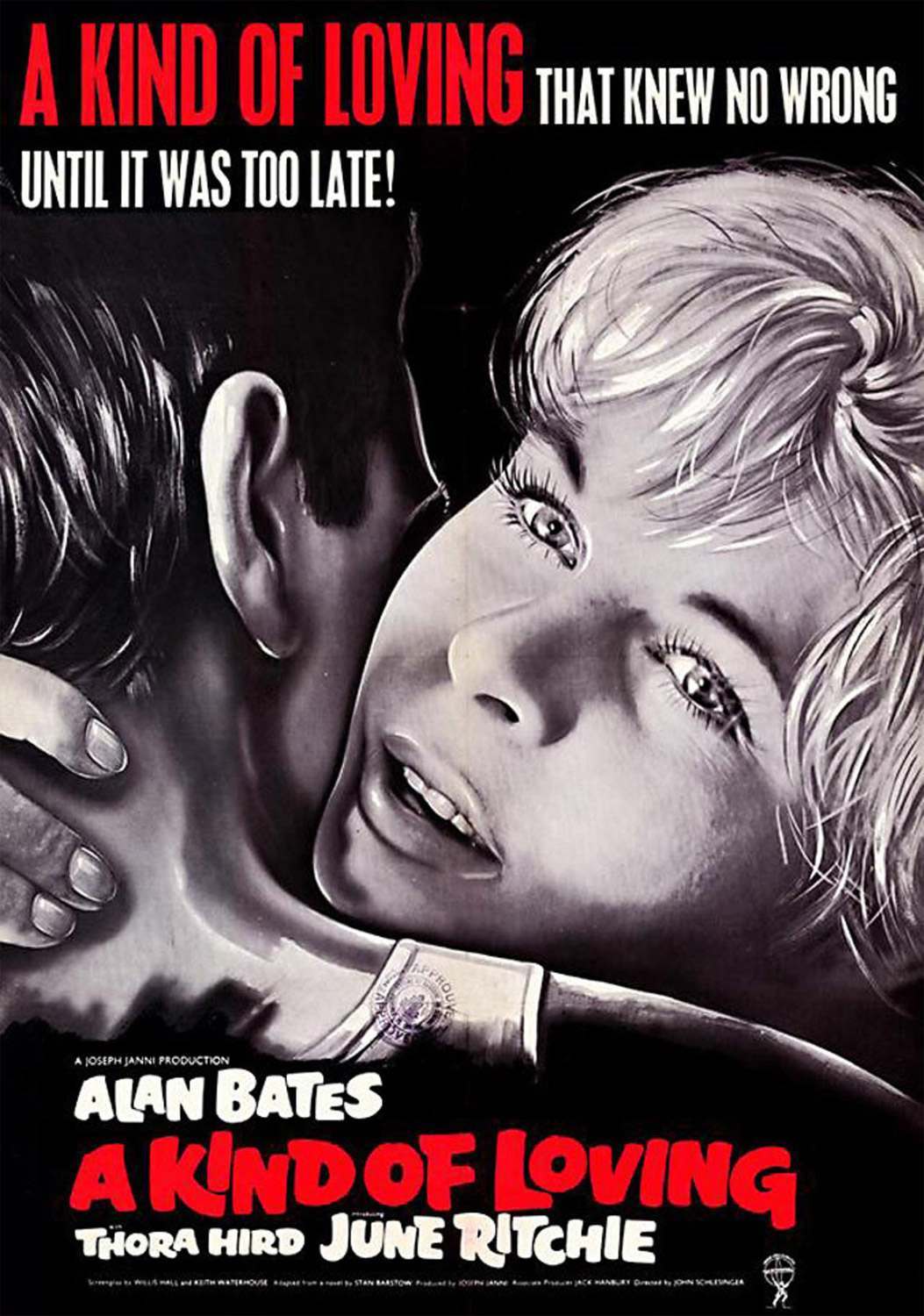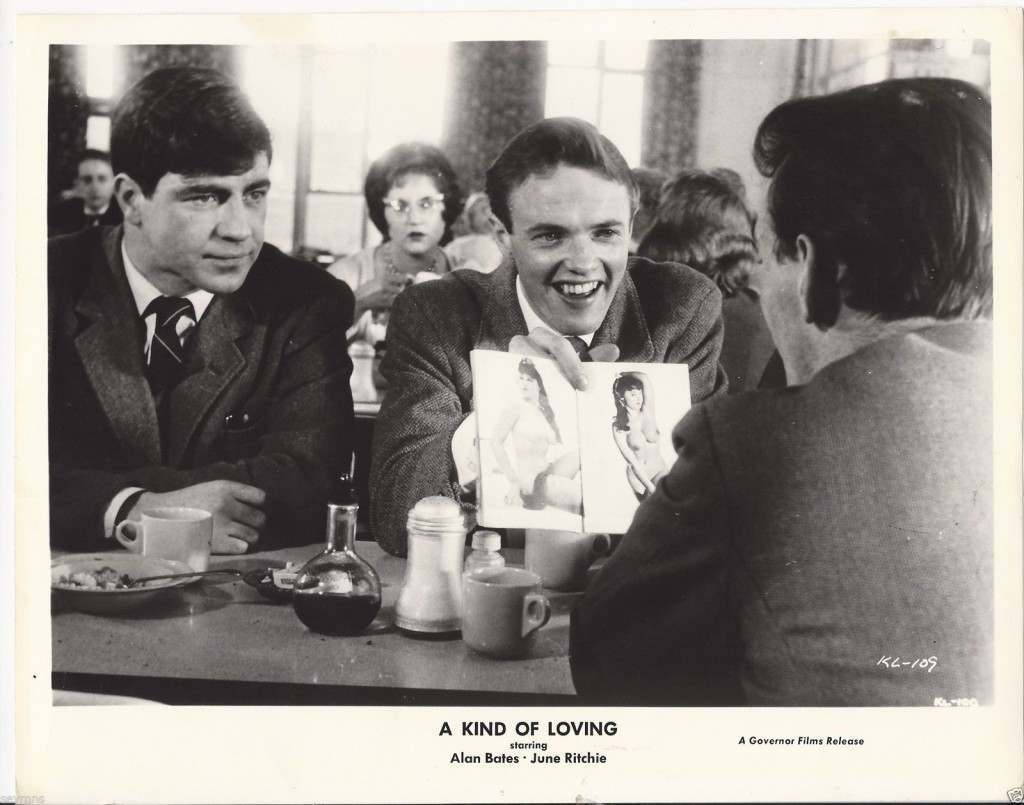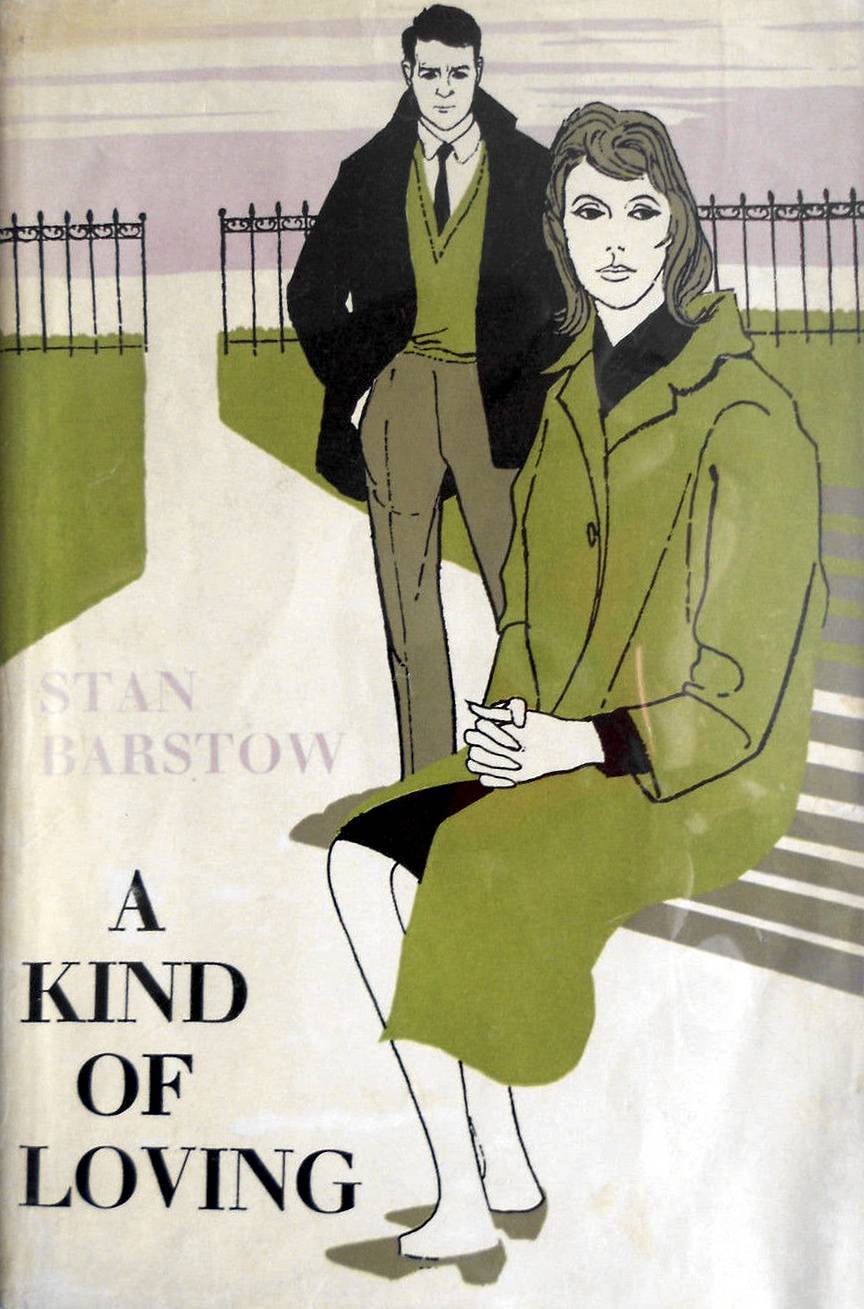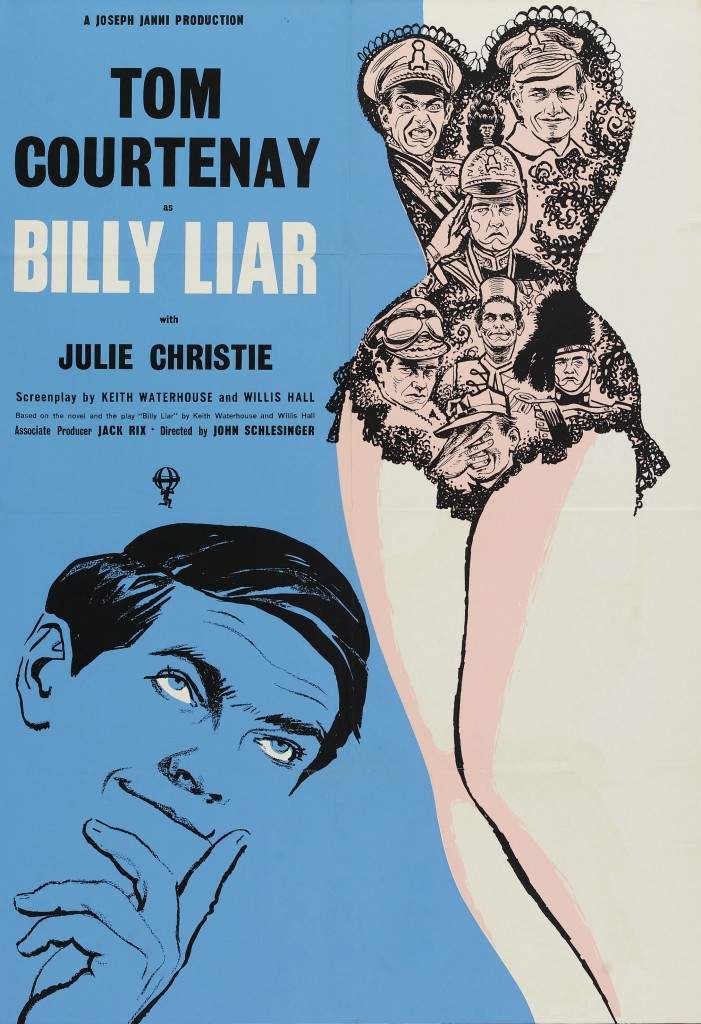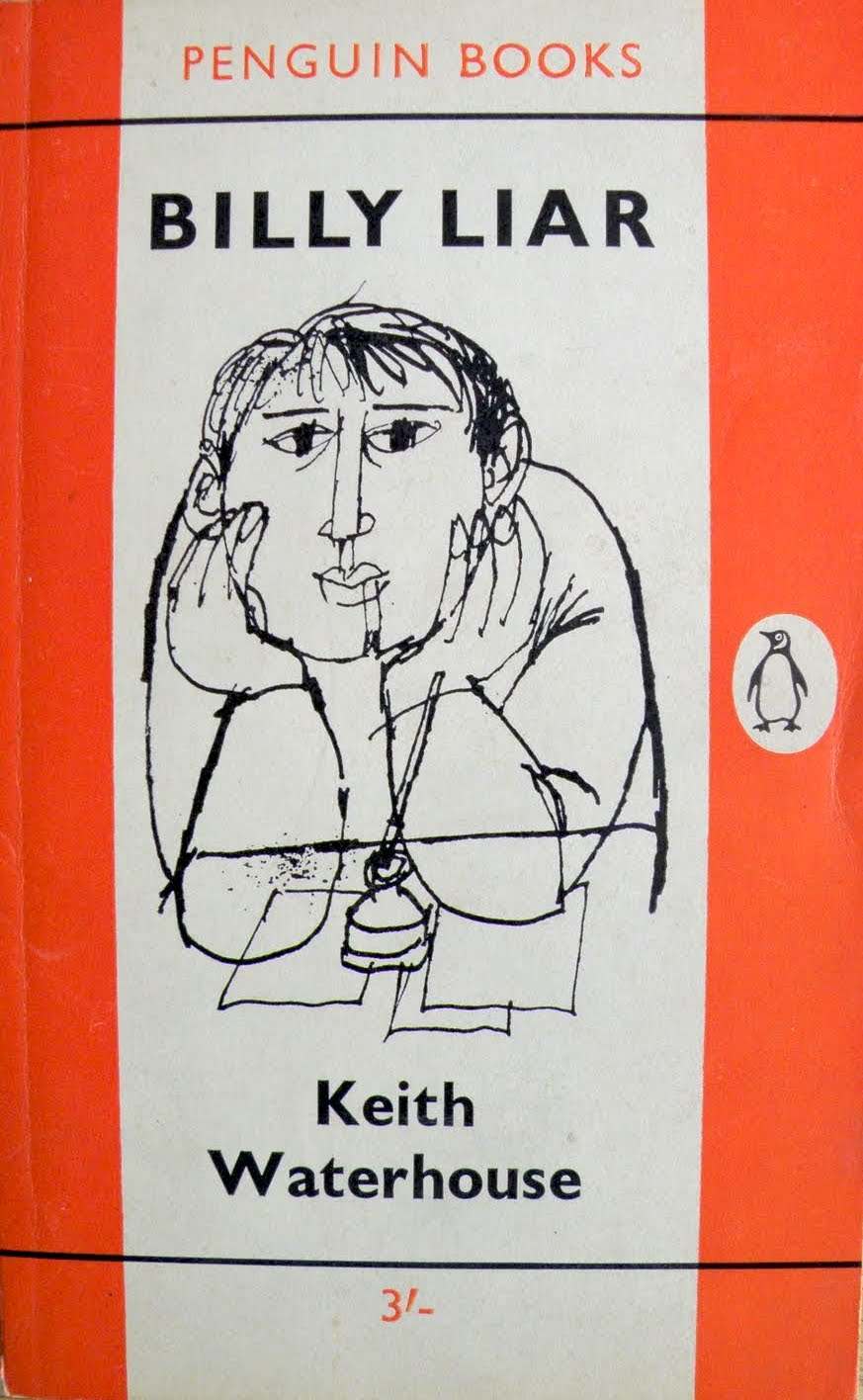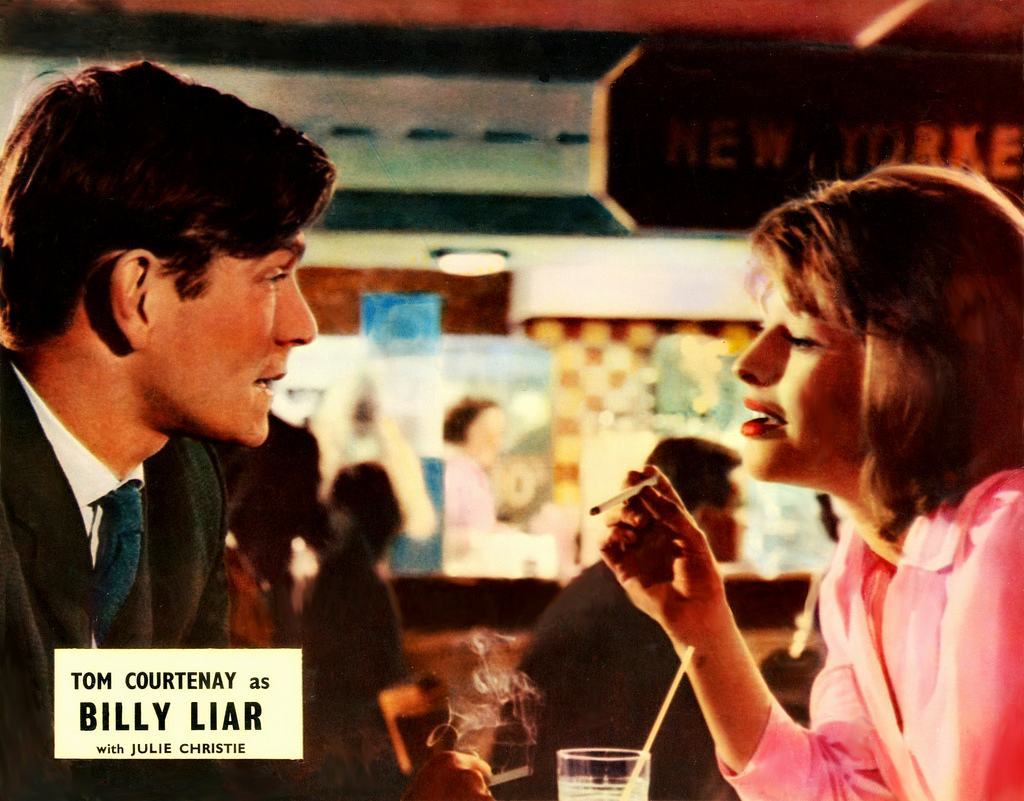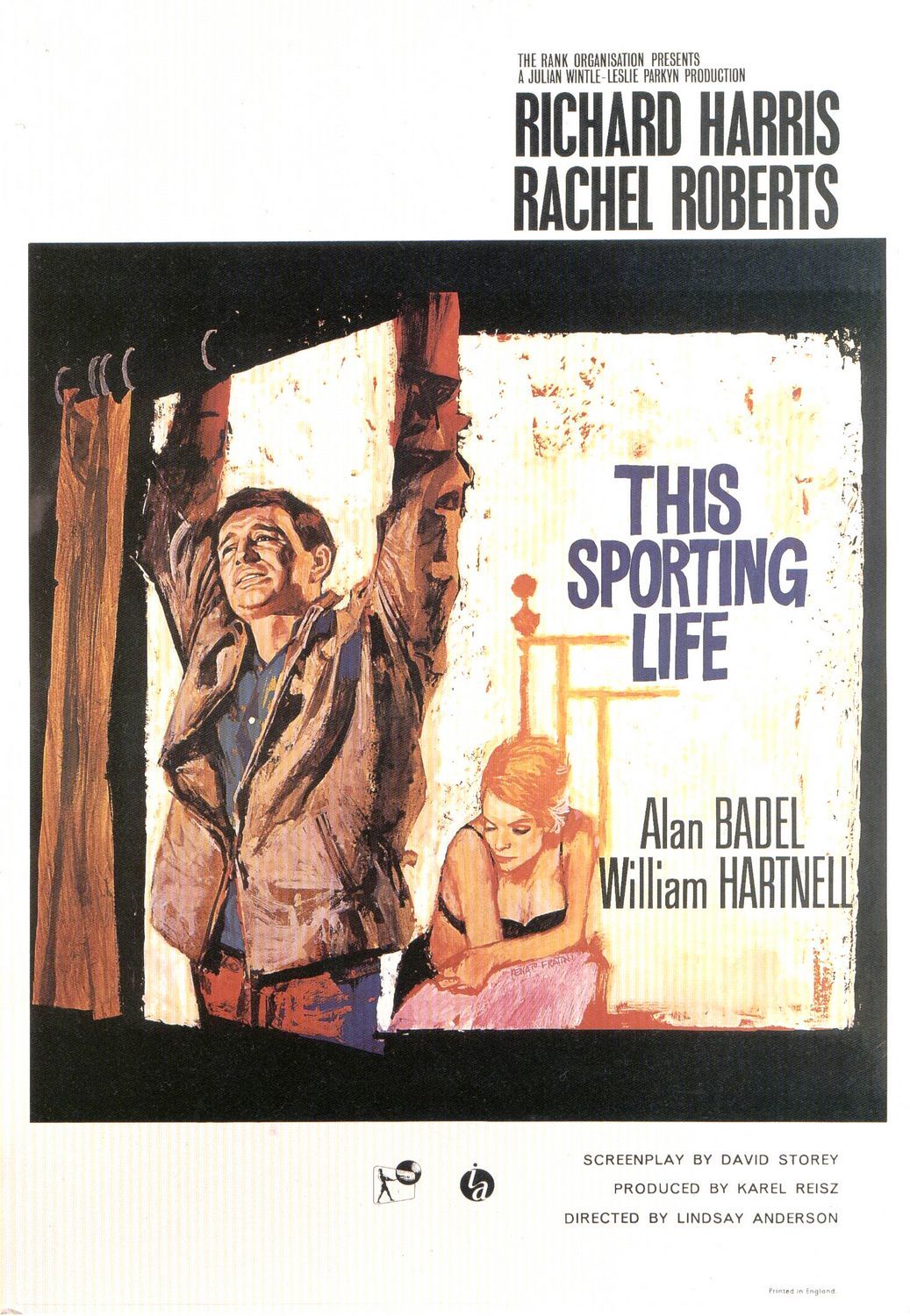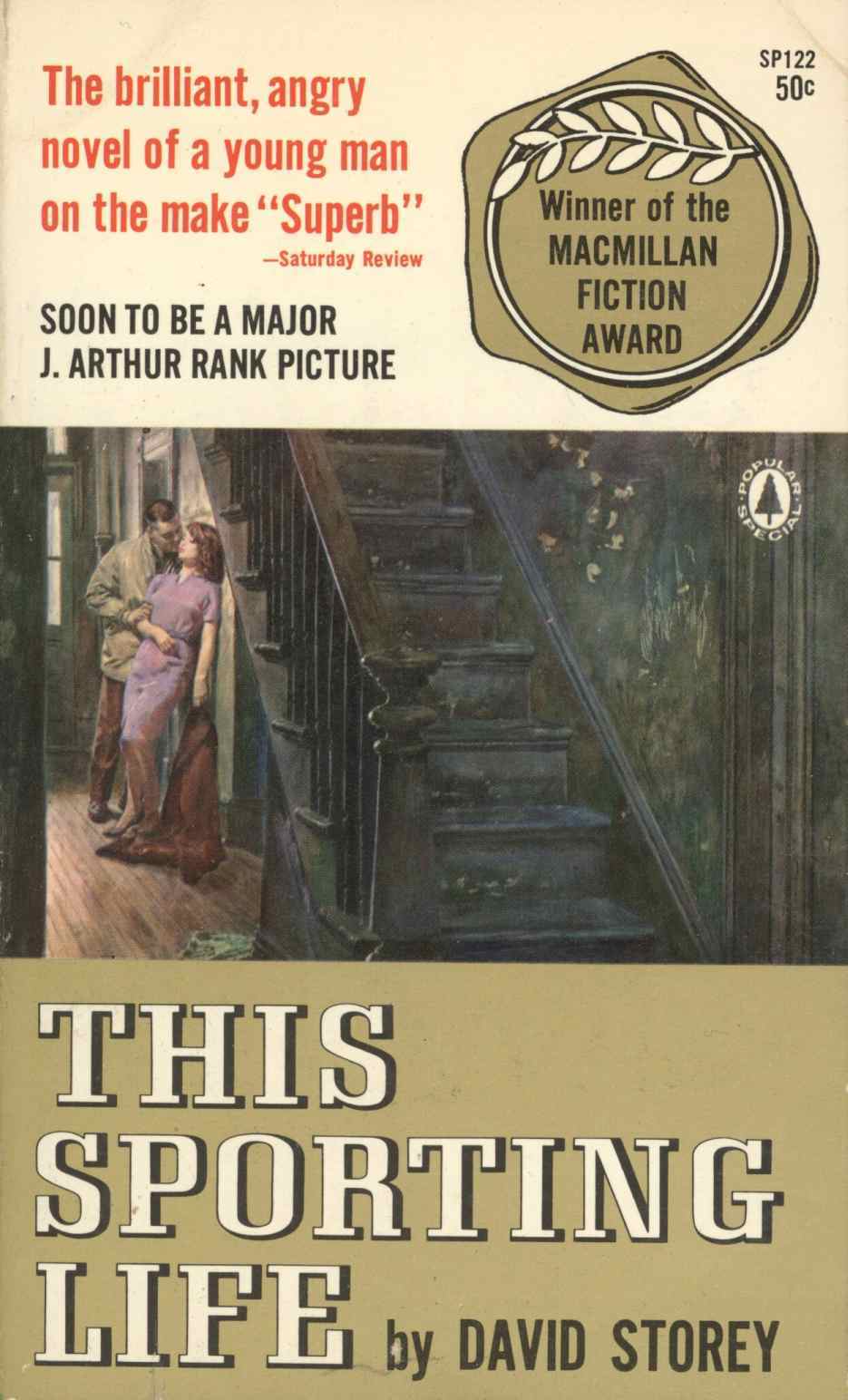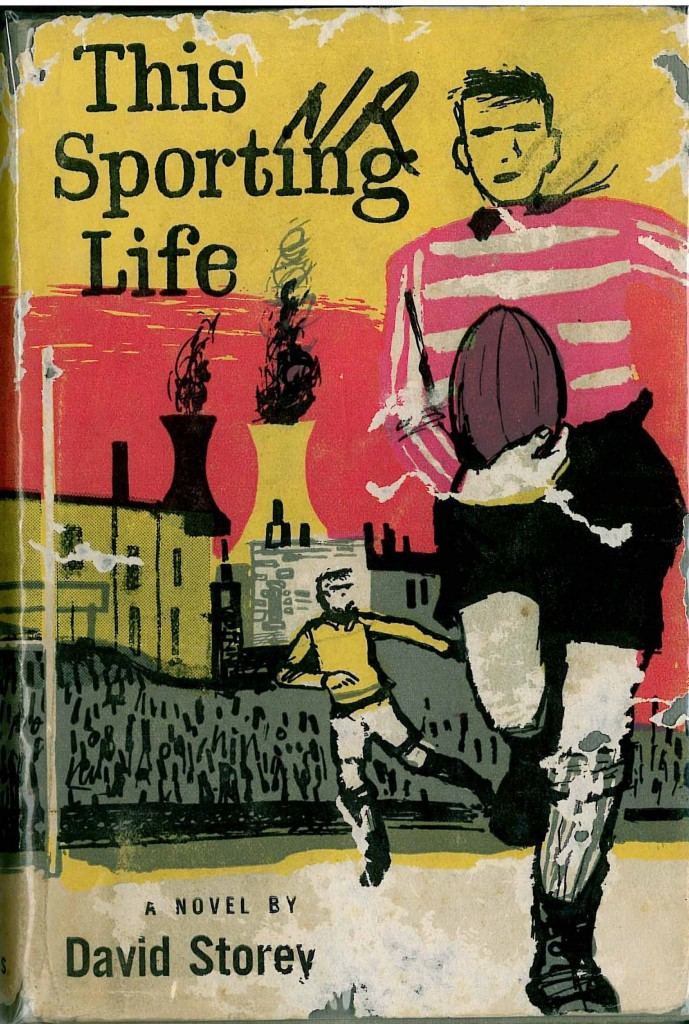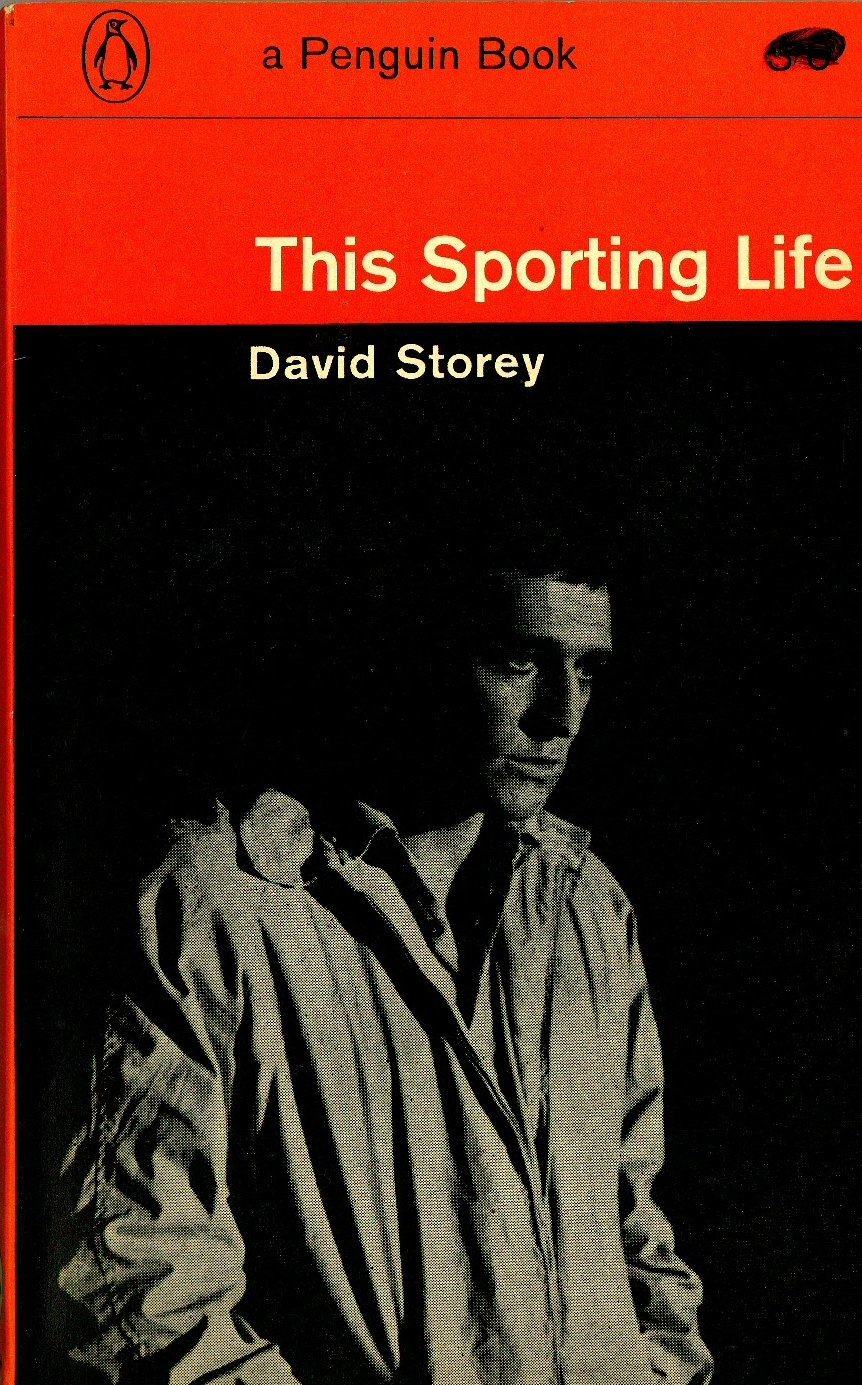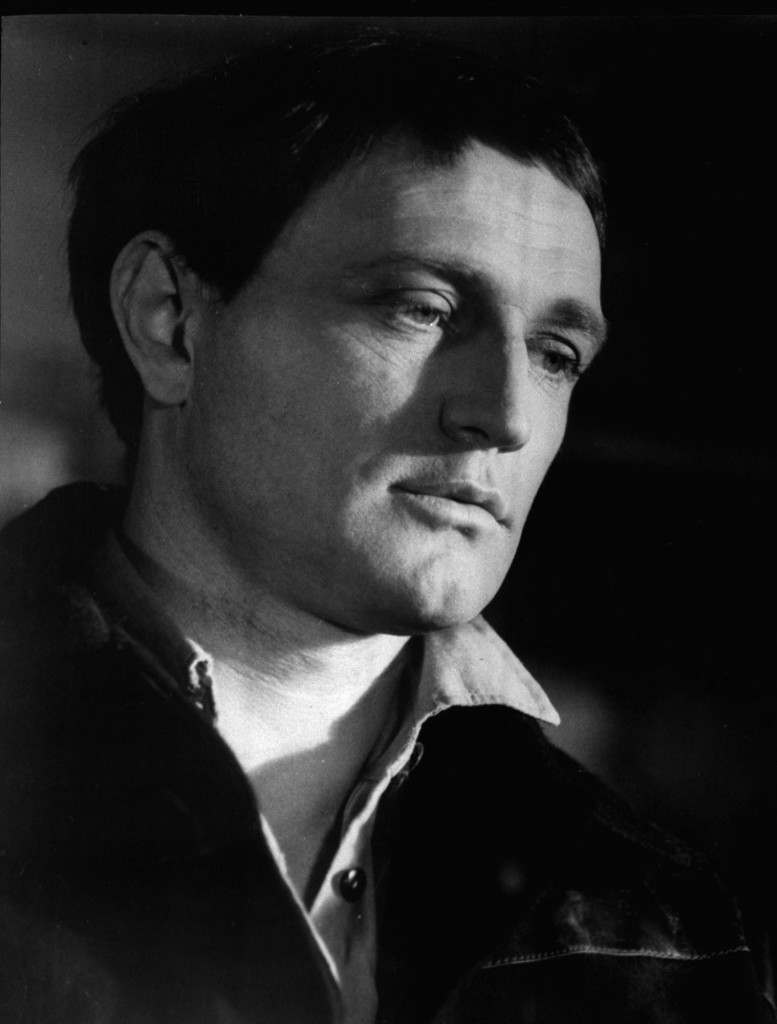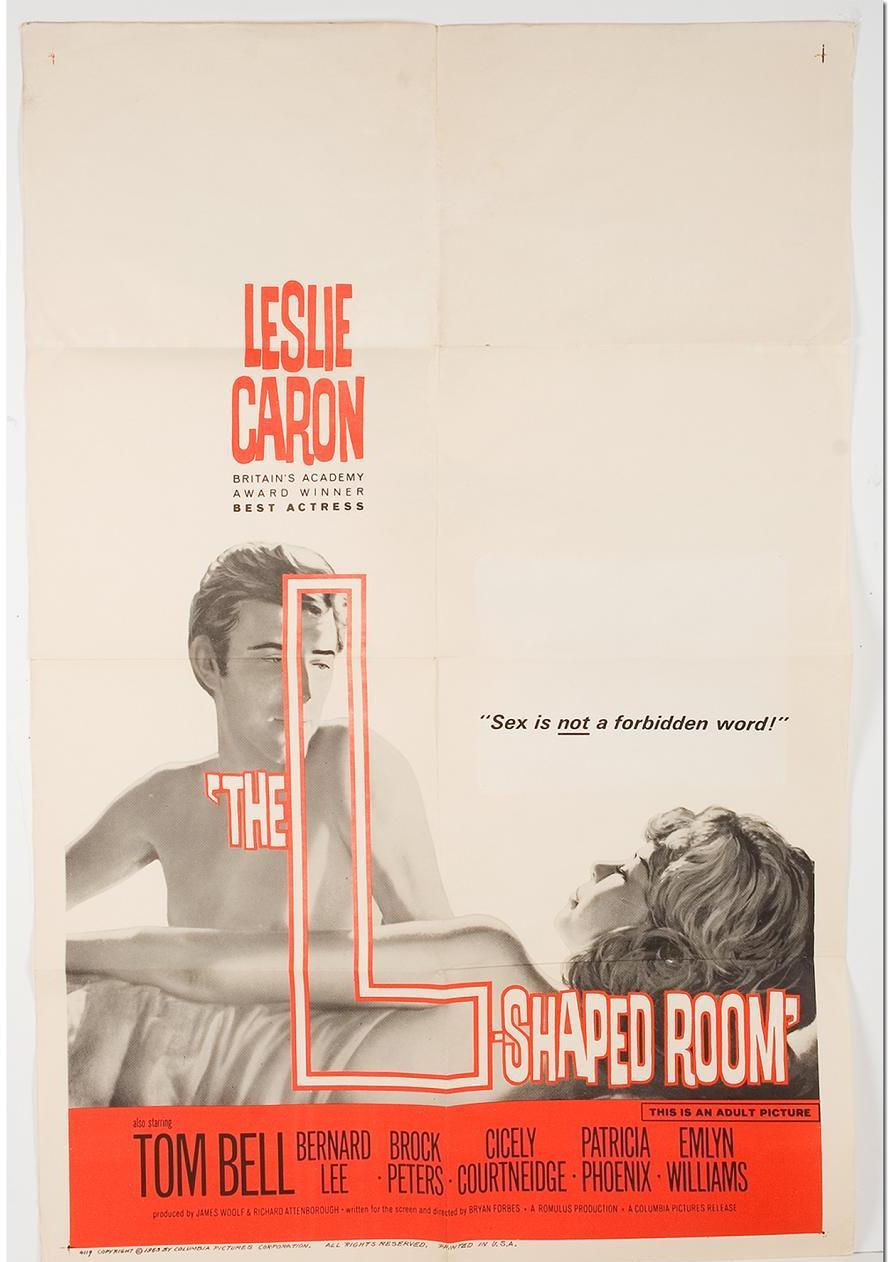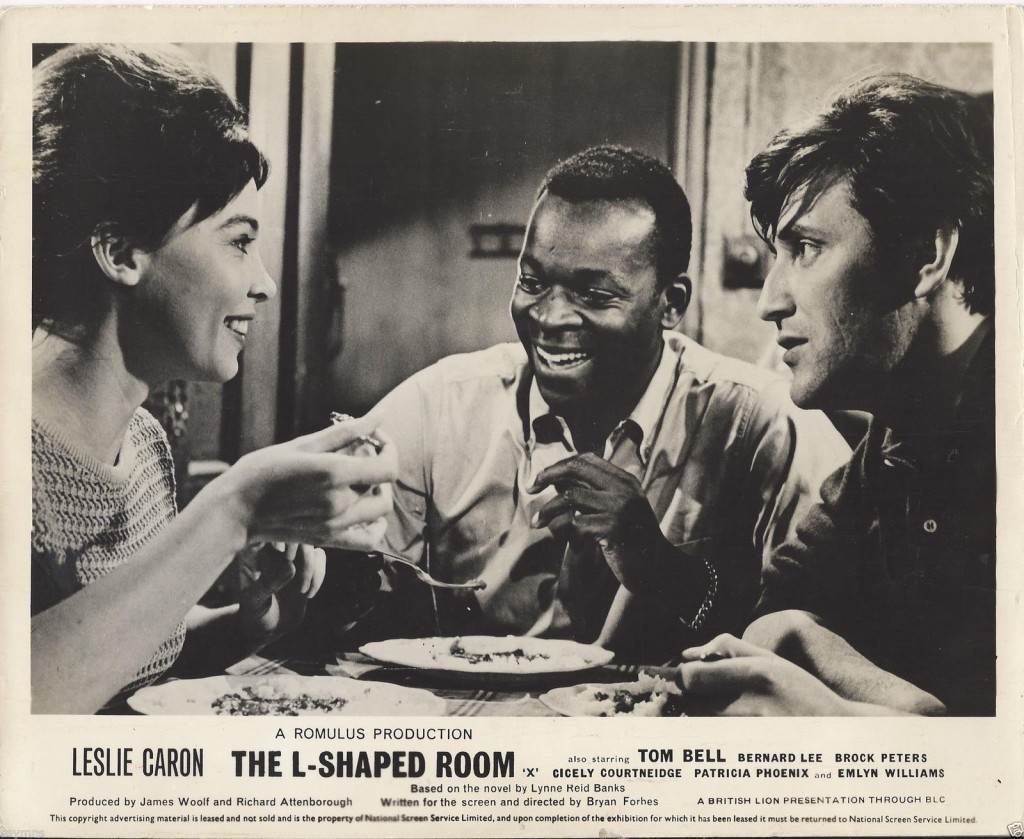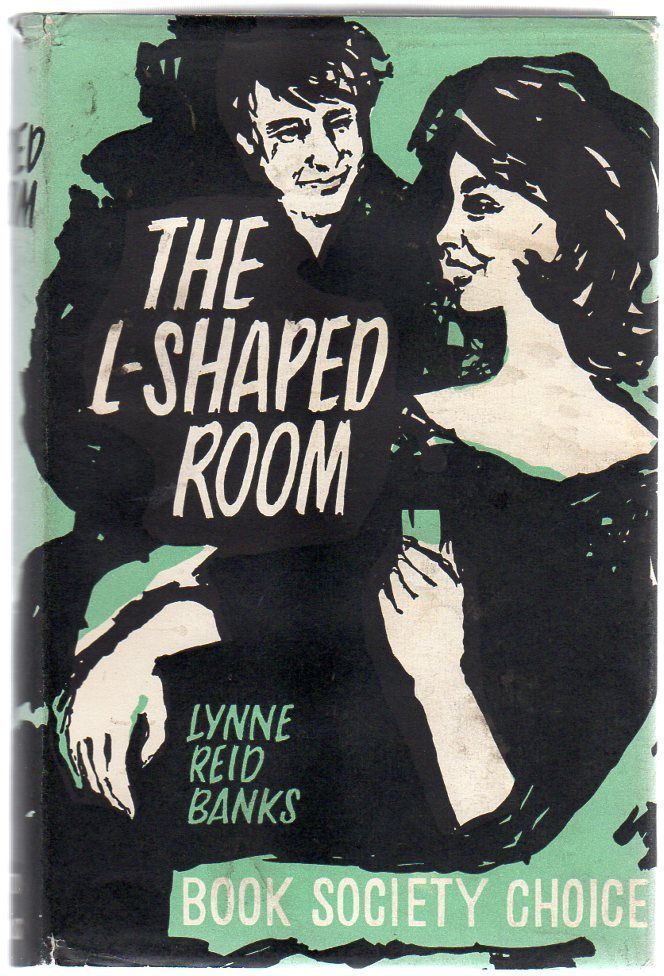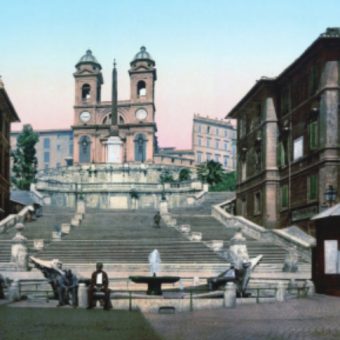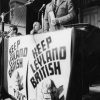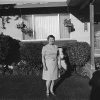THE British New Wave lasted only a few years – say from about 1959 to 1963 and it consisted of little more than seven or eight films. Most of the them were adapted from books or plays written by young contemporary writers such as John Braine, Alan Sillitoe and Shelagh Delaney. A slight relaxation of censorship by the late fifties together with the invention of lightweight portable cameras and faster film stock enabled directors such as Tony Richardson, Karel Reisz and Lindsay Anderson to start making films about gritty northern working-class life but also set the films on location away from London and the usual film studios. The British audiences found this as pretty revolutionary stuff and a cinematic breath of fresh air.
Room at the Top, released in 1959, was given an ‘X’ certificate, mostly because it featured a woman on screen admitting that she had enjoyed sex. Initially the distributors refused to touch it but the ABC chain took a chance and the film went on to become a critical and commercial hit, paving the way for the rest of the ‘kitchen sink’ British New Wave that followed.

Room at the Top is a 1959 British film based on the novel of the same name by John Braine. Room at the Top was widely lauded, and was nominated for six Academy Awards, for Best Picture, Best Director for Clayton, Best Actor for Harvey, and Best Supporting Actress for Baddeley, winning Best Actress for Signoret and Best Adapted Screenplay for Paterson. Baddeley’s performance became the shortest ever to be nominated for an acting Oscar (she had 2 minutes and 20 seconds of screen time).

John Braine was born in Bingley, near Bradford and left his grammar school at sixteen and after the war became a librarian. He’s remembered mostly now for Room at the Top published in 1957 by Eyre & Spottiswoode. He would later say it was based on Guy de Maupassant’s Bel Ami but that “the critics didn’t pick it up”. He was associated with the Angry Young Men movement and was vaguely left-wing when young but turned to the political right later in his life and supported the US role in Vietnam. he died in 1986 aged just 64.
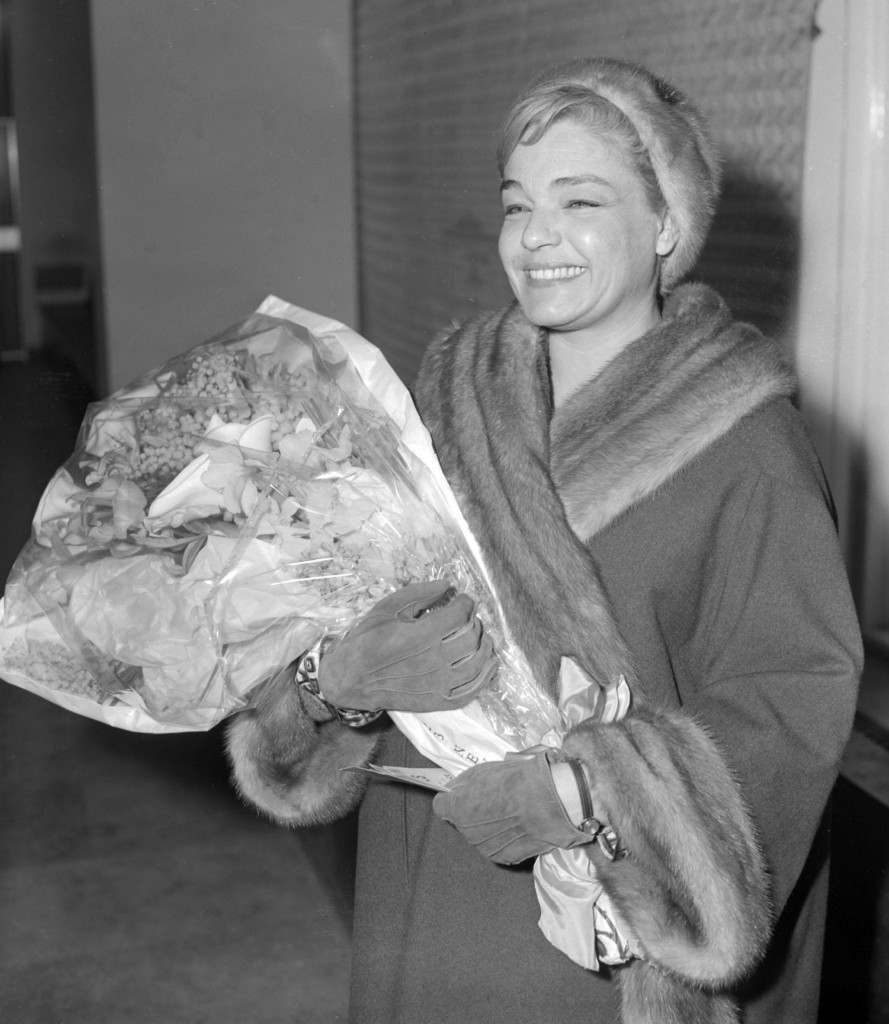
Simone Signoret arriving at London Airport for the premiere of “Room at the Top” at the Plaza, Piccadilly.
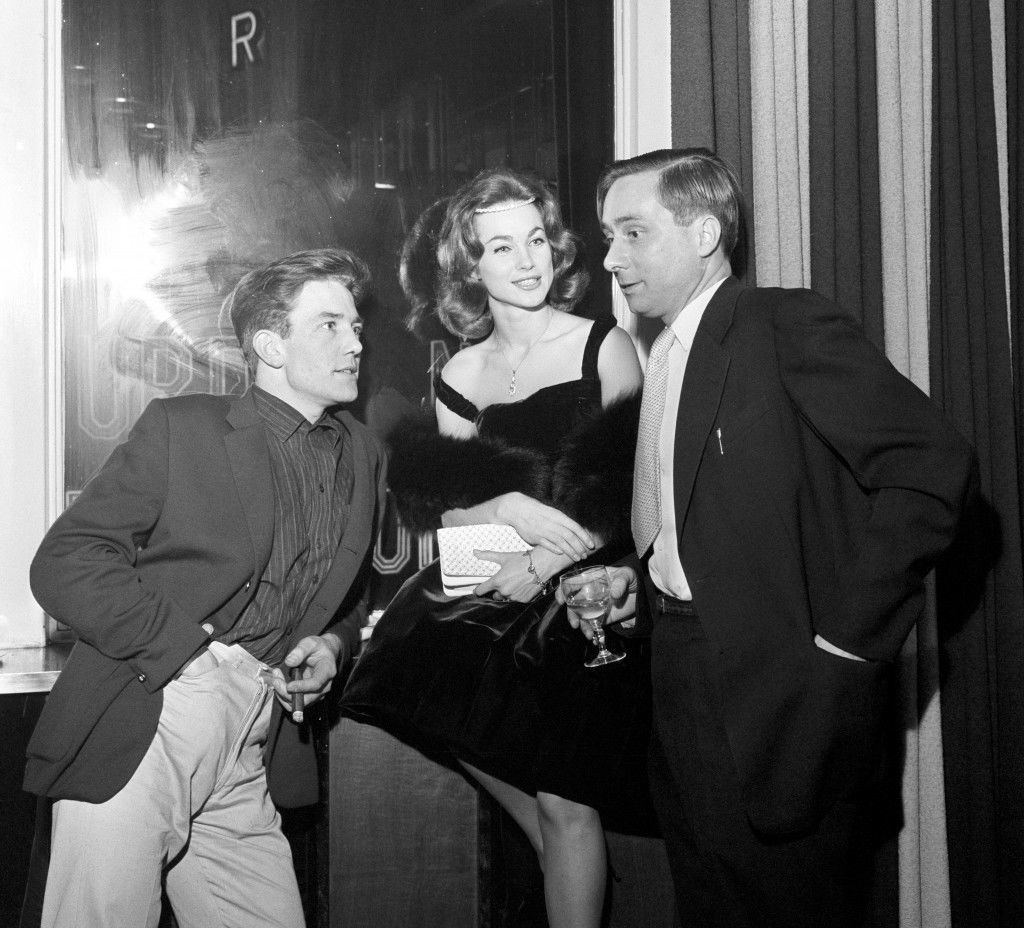
Albert Finney, Shirley Anne Field and Alan Sillitoe at the premiere for Saturday Night and Sunday Morning, October 1960.
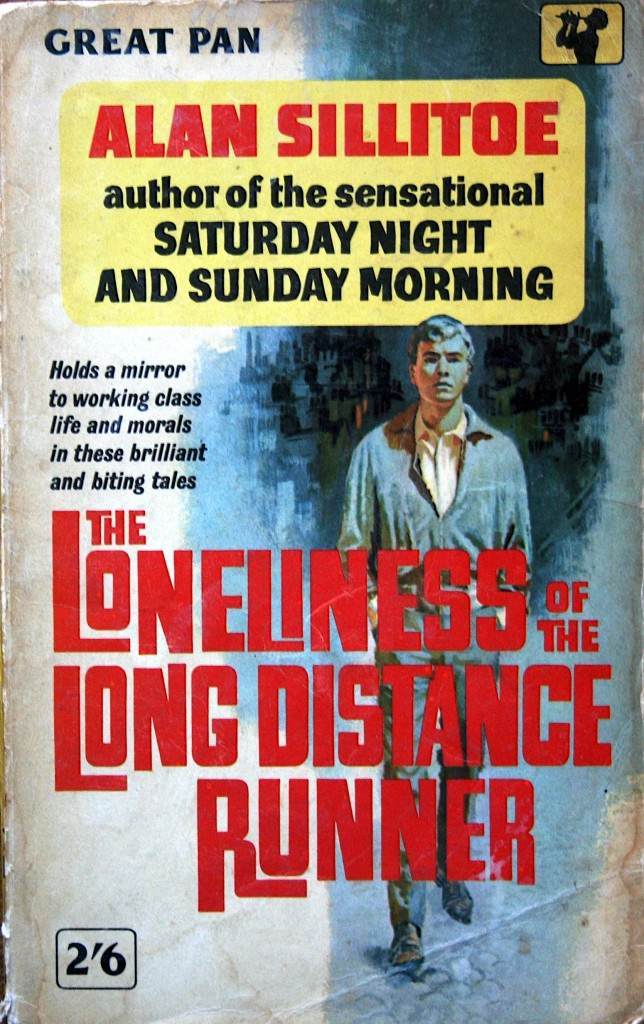
Alan Sillitoe – The Loneliness of the Long Distance Runner published in 1959 as a short story in a collection of the same name.

French actress Leslie Caron, Best Actress Award for “The L-Shaped Room” and English actor Tom Courtenay, most promising newcomer for his role in “The Loneliness of the Long Distance Runner” at the British Film Academy Awards Dinner at London’s Hilton Hotel. May 1963.
Would you like to support Flashbak?
Please consider making a donation to our site. We don't want to rely on ads to bring you the best of visual culture. You can also support us by signing up to our Mailing List. And you can also follow us on Facebook, Instagram and Twitter. For great art and culture delivered to your door, visit our shop.

